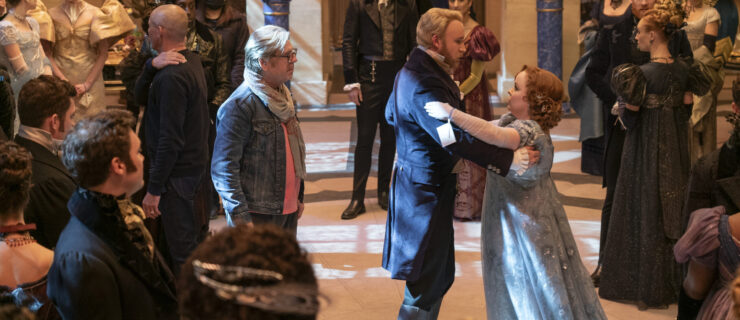Arabesque Advice
Despite starting ballet as a toddler, training at the schools of both Boston Ballet and National Ballet of Canada and ultimately dancing with such companies as Dance Theatre of Harlem and Ballet NY, Melissa Morrissey says that she still works hard to improve one of ballet’s most quintessential poses: first arabesque. Surprised that a pro with 11 years of experience struggles with such a basic position? Don’t be. Serious dancers are always striving for higher, more square first arabesques. “It’s the most telling of all the classical arabesques,” says the School of Oregon Ballet Theater’s Director Damara Bennett. “Anybody who wants to see what a dancer looks like asks for a picture in first arabesque. It’s used everywhere.”
5 Tips for a Refined Arabesque
- To increase the height of the working leg, open the hip without lifting it, making sure rotation increases as the leg ascends higher.
- The back should be positioned correctly to achieve adequate height. Instead of the strongly arched Vaganova back or the rigidly vertical back espoused by the Cecchetti school, Bennett prefers moving the torso forward to facilitate the leg’s ascent. The chest should be over the toes of the standing foot. A 90-degree back-to-leg angle is the aim.
- To understand the proper positioning of the back: Face the barre in first position. Holding on with both hands, tendu derrire with the right foot. Then, cambré back, feeling the arch in the center of the back. Without standing upright, lift the foot in tendu off the floor as high as you can without moving your back. Then, keeping the same back-to-leg angle, bring your back up to a vertical position, imagining that the big toe is lifting your back. Repeat on the other side.
- Keeping the arabesque square means neither tipping toward the standing leg nor lifting the working hip. For a symmetrical arabesque and a traditional line, square the rib cage by making the right side of the torso even with the left side of the torso (when you’re standing on your left leg), so that you feel the stretch in the middle of your back.
- Lift the chin and look over the fingers of the lifted arms, which are in line with the center of the body.
Try This!
Facing away from the barre on a diagonal, Melissa Morrissey holds on with her right hand to “keep the chest up and everything square and lifted.” She places the left leg on the barre, which helps increase flexibility in her back. By continuing to pull up over the supporting leg, she stays lifted and avoids letting her torso fall forward. Then, she lifts the leg as high off the barre as possible, holds for five seconds, and lowers the leg to the barre. She does 5-10 repetitions before reversing.
Susan Chitwood, a former apprentice with Virginia Ballet Theater, has an MS in journalism from Columbia University.



